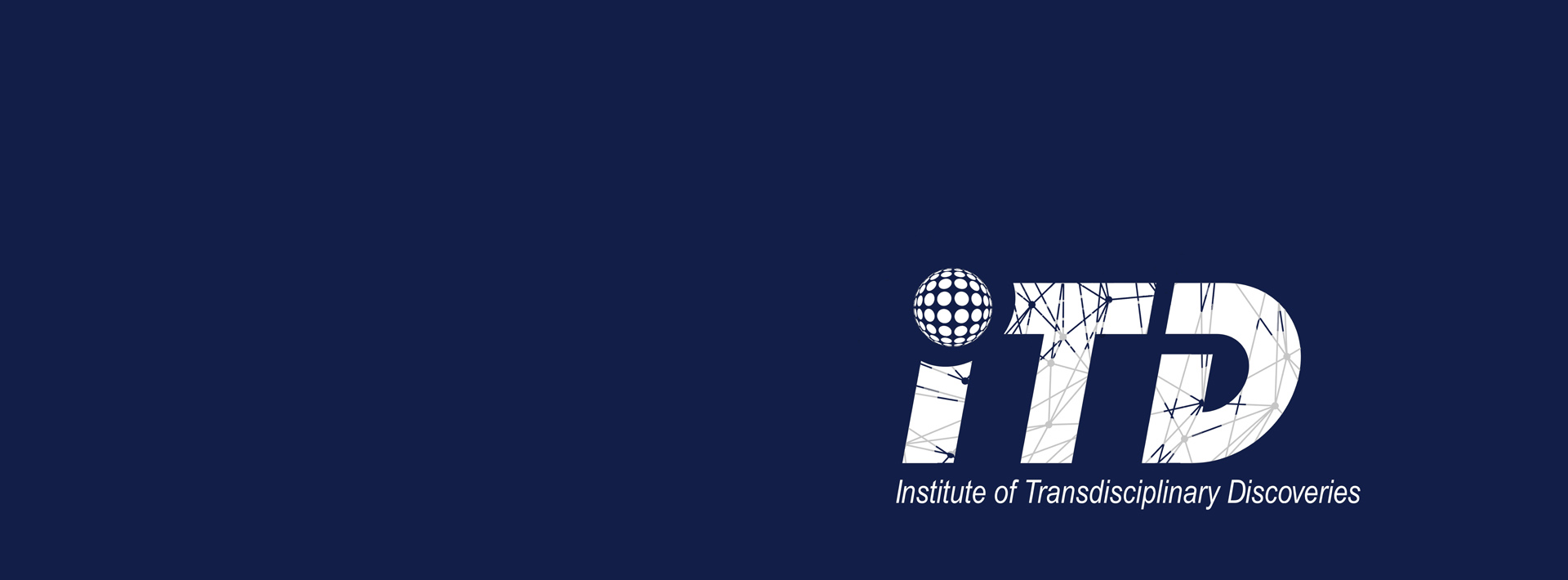Adatok
A Tantárgybejelentőben megadott hivatalos adatok az alábbi tanévre: 2023-2024
Tantárgyfelelős
-
Dr. József László SZENTPÉTERI
honorary professor,
Institute of Transdisciplinary Discoveries - Director of Innovation, Institute of Physiology
Óraszámok/félév
előadás: 16 óra
gyakorlat: 8 óra
szeminárium: 0 óra
összesen: 24 óra
Tárgyadatok
- Kód: OXESY2-z-T
- 2 kredit
- Dentistry
- Elective modul
- both semesters
OXESY1-z-T completed
Kurzus létszámkorlát
min. 5 fő – max. 15 fő
Campus kurzusként elérhető 5 fő számára. Campus-karok: BTK ETK KPVK GYTK KTK MK MIK TTK
Tematika
Development of student's verbal, non-verbal and visual presentation abilities.
- Structure of presentation
- Dynamics of presentation
- Basic presentation techniques
- Methods of effective persuasion
- Audience survey
- Questions, handling objections
- Verbal content
- Non-verbal communication / body language
- Raising awareness, maintaining the feedback rating
- The use of visual aids
- Slideshow planning and preparation
- Guidelines for charts, graphics preparation
Előadások
- 1. Structure of the presentation. Introduction (Principium), Narratio, Aversion (Egressus), Proposition, Argumentation, Confirmatio, Refutation, Finishing (Peroratio) - Dr. Szentpéteri József László
- 2. Elements of rhetoric. Quote, rhetorical question, parallel, likeness, contradiction, metaphor, example illustration, repetition. - Dr. Budán Ferenc Csaba
- 3. The Power of the Story. Studying the genre of storytelling in scientific, educational and entertaining genres. - Dr. Szabó Éva
- 4. Audience Engagement. Ask questions, handle questions. Types of questions by grammatical classification. Question types by questioner attitudes. - Dr. Budán Ferenc Csaba
- 5. Closing the presentation. Tools for framing, effective closure. Wording "Take home message". - Dr. Szabó Éva
- 6. Design and implementation of our slides. Visual aids and animations to aid awareness. Conscious use of colors. Emotionalizing effects of color. - Dr. Szentpéteri József László
- 7. Basic communication differences between genders - Dr. Szentpéteri József László
- 8. Clothing, appearance. Basic etiquette of dress and behavior during public speaking. - Dr. Szentpéteri József László
- 9. Practice and preparation methodology. Practice alone, recorded on video, in front of others. - Dr. Várnai Réka
- 10. Managing with time. Methodology of scheduling depending on preparation and length of presentation. - Dr. Várnai Réka
- 11. Use of technical devices. Confident handling of microphone, micro port, projector, pointer, headset, lighting. - Dr. Sik Attila Gábor
- 12. Features of the auditorium. Size of auditorium, seating capacity, acoustics, handsfree, ventilation and lighting. - Dr. Sik Attila Gábor
- 13. To which we have no influence. Audience, preparedness, morale of the audience. Front effects, school periods. - Dr. Szentpéteri József László
- 14. Personality types. Basic Elements of Personality Typology and Usability in Public Speaking. The Johari window. - Dr. Szentpéteri József László
- 15. Berne"s ego stages. Taking into account the self-states from the point of view of the performer and the audience. - Dr. Szentpéteri József László
- 16. Overcoming Excitement. Stress management techniques. Opportunities to promote the presentation at conferences and other events. - Dr. Szentpéteri József László
Gyakorlatok
- 1. Recognize and apply the classical structural elements of the performance in different performer genres
- 2. Recognition of rhetorical elements (quotation, rhetorical question, parallel, likeness, contradiction, metaphor, example illustration, repetition) in different performer genres
- 3. Conscious application of the methodology of preparation in different performer genres.
- 4. Recognizing and adapting to the personal space requirements of a given audience.
- 5. Study lecture halls and apply appropriate volume and speakerphone.
- 6. Use of technical devices. Confident handling of microphone, micro port, projector, pointer, headset, lighting.
- 7. Methodology of scheduling depending on the preparation and the length of the lecture. Improvisation exercises.
- 8. Practice closing the lecture. Tools for framing, effective closure. Specific wording for "Take home message".
Szemináriumok
A tananyag elsajátításához szükséges segédanyagok
Kötelező irodalom
Literature is not compulsory, but all books in recommended literature list (see below) contain very useful information to provide a more effective implementation of the objectives of the course.
Saját oktatási anyag
.ppt files provided during the course, recommended literature and online materials.
Jegyzet
.ppt files provided during the course, recommended literature and online materials.
Ajánlott irodalom
Stephen R. Covey: The 7 Habits of Highly Effective People, Simon & Schuster UK Ltd., 1999
Carmine Gallo: The presentation secrets of Steve Jobs, McGraw-Hill, 2010
Edward T. Hall: The Hidden Dimension. Anchor Books, Doubleday, New York, 1966
Barbara Pease & Allan Pease: The Definitive Book of Body Language, Bantam Books, New York, 2006
Garr Reynolds: The Naked Presenter: Delivering Powerful Presentations With or Without Slides (Voices That Matter), New Riders Publishing, 2010.
A félév elfogadásának feltételei
Maximum of 15 % absence allowed
Félévközi ellenőrzések
Course based on the applied knowledge gained at 'Sell Yourself! - presentation techniques' (OAE-AEM-T) course. Each student MUST give verbal presentation at each class.
Távolmaradás pótlásának lehetőségei
None
Vizsgakérdések
Each student give a final presentation at the end of the semester. Grade depend on the level of developement during the semester, not just the final presentation.
Vizsgáztatók
Gyakorlatok, szemináriumok oktatói
- Dr. Budán Ferenc Csaba
- Dr. Sik Attila Gábor
- Dr. Szabó Éva
- Dr. Szentpéteri József László
- Dr. Várnai Réka
- Graff Andreas Bergheim
